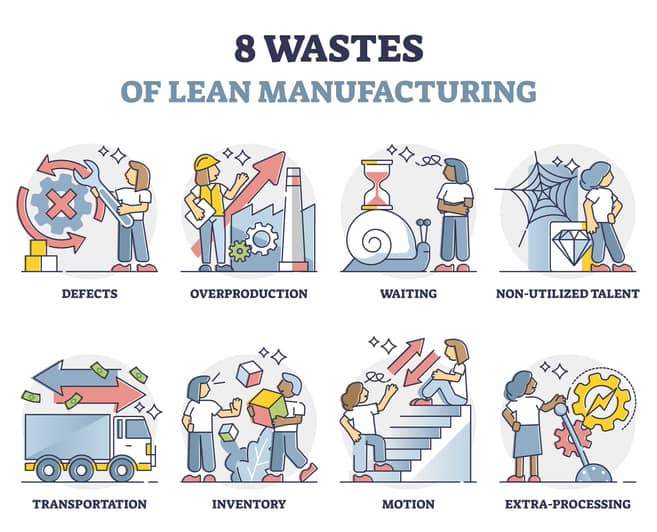As the coronavirus continues into the second half of 2020, business leaders have had to quickly evolve to meet new challenges. The chief issue for most is that the pandemic has led to uncertainty, something that can stall business even during the best of times.
Business leaders have tools they can use to deal with some of the biggest issues that sustained uncertainty can bring to an organization. Not surprising, one of those is putting Lean Six Sigma approaches into the mix.
In writing about the issue for Quality Digest, Lean expert Ken Levine wrote that the current crisis offers Lean practitioners an enormous opportunity to change systems for the better. Lean can lead to organizations finding a better balance between business reward and health and safety, he wrote. It also can help organizations create systems to deal with future crises.
The following looks at ways leaders can best address the current situation.
Make Data-Driven Choices
While a certain amount of ambiguity is inevitable with the current crisis, Lean Six Sigma offers data-driven approaches to tackle problems. By grounding decisions in proven statistical models, it can help bolster confidence in the direction the company is taking. Organizations can build decision trees and try hypothesis testing on some of the general assumptions about the future. According to Levine, those include:
- The virus will disappear, either on its own or due to a vaccine, sooner than predicted
- The virus will gradually decline
- The virus will level out but stay around a long time
- The virus will spike and continue to grow
Based on these assumptions, leaders can use Lean tools to test options and potential courses of action.
Move Fast
Taking a page from Agile, leaders should work on putting potential new systems into place to deal with the changes the virus has brought. This includes everything from product marketing to maintaining a remote workforce. However, they also should expect that some ideas will fail – and that’s OK. The idea is to put something into place, optimize it as you go and discard it and move on if it doesn’t work. The idea is to keep optimizing and improving.
Keep Customers’ Needs First
The needs of customers always evolve, but the current situation may lead to drastic changes in business models. For example, many car dealerships have focused on changing to a delivery model. Restaurants continue to improve curbside service. Across all industries and in all areas of the world, changes are having to be made. Those who “fail fast” on the way to finding solutions that meet customer needs will put themselves ahead.
Risk Management
Now’s the time, when evaluating each option, to ensure that time is spent considering all the potential risks. Consultant John Knotts told Forbes that leaders should separate potential risks into the categories of low, medium or high based on two factors: likelihood and impact. Mitigation plans could then get put into place to prevent the worst risks from occurring or a response to them if they do.
Transparency is Key
Employees are justifiably worried about the future. It’s important to communicate every move the organization is making to deal with the pandemic and keep operations running as smoothly as possible. Also, now is a good time to practice soft skills, listening to the concerns and suggestions of others.
You Don’t Have All The Answers
This is perhaps the hardest lesson in dealing with uncertainty. No matter how much data leaders consult or how many plans they make, things in the current unpredictable environment can easily go wrong. The task for leaders is to accept they don’t have all the answers and continue to test as many ideas as possible (but remember, fail fast).
Eventually, the pandemic will follow a course that makes decisions clearer. Until that time, leaders should stay flexible and keep a steady hand on the organizational wheel. They will come out of the other side of the pandemic in a better position for having done so.



